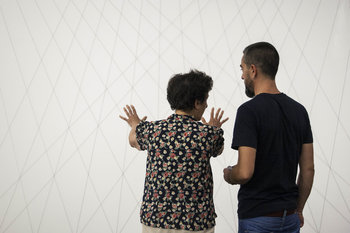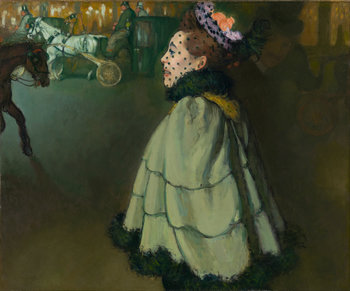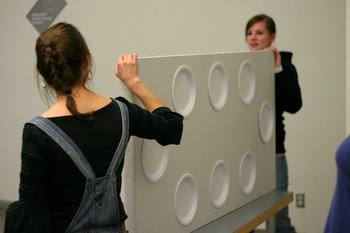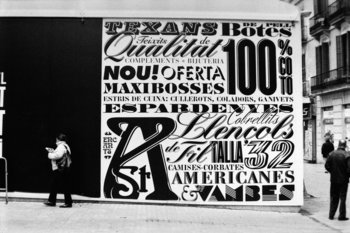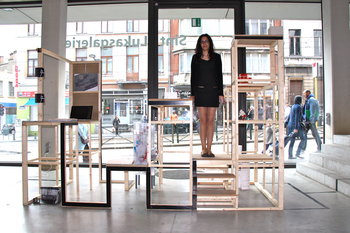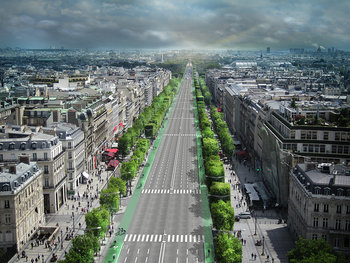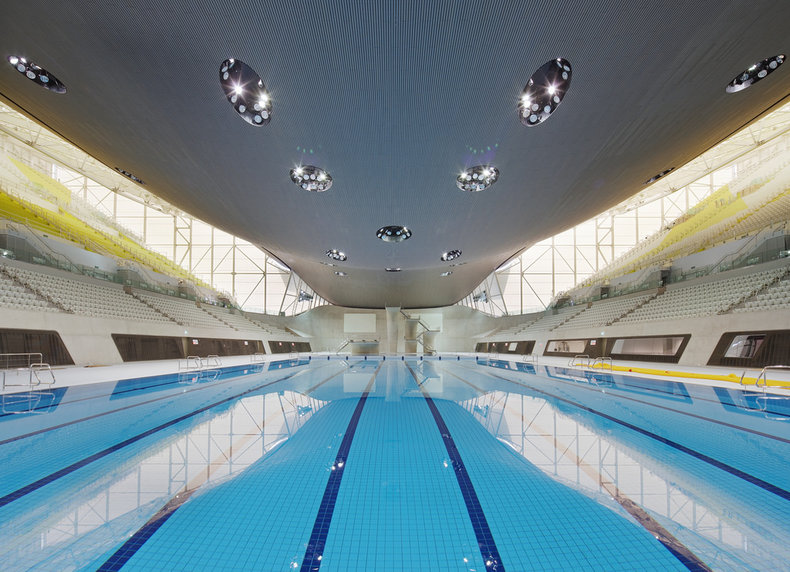
Balance
A design that looks as if it is equally weighted on opposite sides of its vertical center.Proportion
Elements with natural-looking proportions.Scale
Elements are an appropriate size relative to each other. Physical things are typically designed to human scale.Repetition & Rhythm
The design employs repetition and rhythm to create a sense of order, structure and consistency.Variety
The design isn't so structured and ordered that it is boring. For example, elements may be contrasted for emphasis or to establish dominance.Shape & Form
How well shapes blend together such that each element feels like a continuation of the design.Negative Space
Effective use of negative space such as white space, textures and photos.Layout & Composition
The overall structure of a design.| Overview: Design Unity | ||
Type | ||
Definition | A design that fits together as a cohesive whole. | |
Related Concepts | ||






